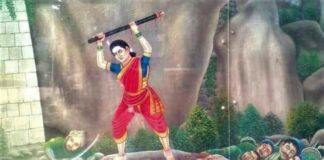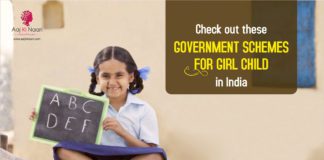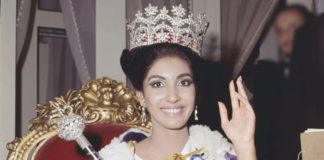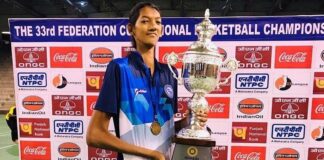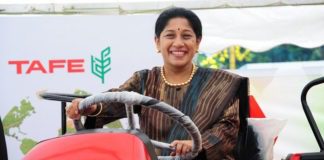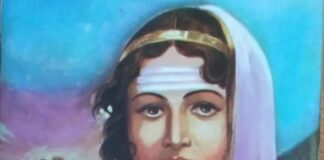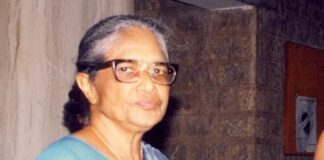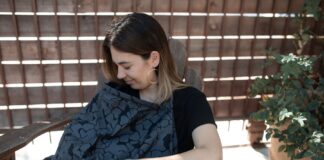We often learn about men who have contributed to the Indian Constitution in some way or other. Some women contributed to the constitution writing. We tend to forget the role of women in the constitution, but they are also some remarkable figures in history. So we must know about them as well if we want to know about the constitution completely. In this article, we have talked about those women who contributed to writing the Indian constitution.
What is the role of women in the Indian Constitution?
Nowadays, we talk about equality all the time. Indian Constitution already ensures equality for women as per Article 14. Other than that, Article 16 ensures equal opportunity, Article 39(d) and Article 42 ensure equal pay for equal work, etc. So Indian constitution has already given equality to all human beings irrespective of gender. While writing this constitution, a few women contributed their wisdom and knowledge to put it together. So we must know about those women who fought for women’s equality and contributed to the constitution of India.
How many of their signatures can you find on these pages?
Among the 389 members of the Constituent Assembly, 15 women were there, and they made a significant contribution to the making of the constitution. The first constitution was not printed but hand-written by some eminent artists. Nandalal Bose did the artwork of the document. Other than that, the calligraphy was created by Prem Behari Narain Raizada (Saxena) from Delhi. The document has the signature of 284 people, and the first signature was of Jawaharlal Nehru.
Let’s know the women who contributed to writing the Indian constitution.
Ammu Swaminathan

Ammu Swaminathan was a Hindu woman from an upper caste family from a small village named Anakkara in the Palghat district in Kerala. She collaborated with the famous Annie Besant, Malathi Patwardhan, Ambujammal, Margaret Cousins, and Dadabhoy, and they created the Women’s India Association in Madras in 1917. After that, she became part of the Constituent Assembly in 1946 and made a remarkable contribution to the Indian constitution. She was also known as Ammukutty among the women affectionately. She is one of the women in the constitution and significantly impacted society. So she is a well-known name in the history of the Indian Constitution.
Annie Mascarene

Annie Mascarene was a woman who was one of the prominent faces in making the constitution in India. She was born in a Latin Catholic family in Thiruvananthapuram in Kerala. She became the first-ever woman to join Travancore State Congress Working Committee. Annie was a part of the group of leaders who participated in the independence movements and later worked hard to become part of the Constituent Assembly and looked into the Hindu Code Bill in the Assembly. She contributed to making the constitution and became a renowned name in the list of women who contributed to writing the Indian constitution and nurtured it in history.
Begum Aizaz Rasul
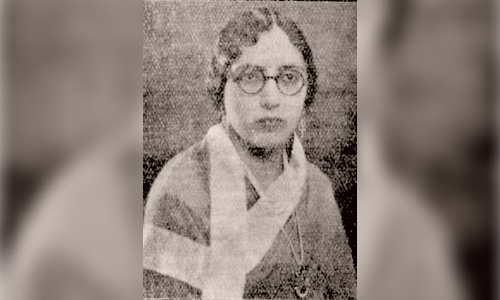
Begum Aizaz Rasul was a part of a princely family in Malerkota, and she got married quite early to the Nawaab Aizaz Rasul, a landowner. When the Government of India Act was passed in 1935, she and her husband joined Muslim League and formally entered into electoral politics. In 1937, Begum got elected to the UP Legislative Assembly in a non-reserved seat and also gave up purdah that year. Then she also got elected to Rajya Sabha in 1952 and stayed as a member from 1969 to 1990 for UP Legislative Assembly. When Constituent Assembly was formed to write Indian Constitution, she was the only Muslim woman in the Assembly. Additionally, she is also famous for popularizing Women’s Hockey in India.
Dakshayani Velayudhan

Dakshayani Velayudhan was born on the island of Bolgatty in Cochin on 4th July 1912. She was the leader of the Depressed Classes at that time. In 1945, she got nominated for Cochin Legislative Council. When she was elected to the Constituent Assembly in 1946, she was the one and only Dalit woman in the team and also the youngest member. She worked hard for the position and then served as the major contributor to the Indian Constitution. If we talk about women and the Indian Constitution, her name will be there quite prominently.
Durgabai Deshmukh
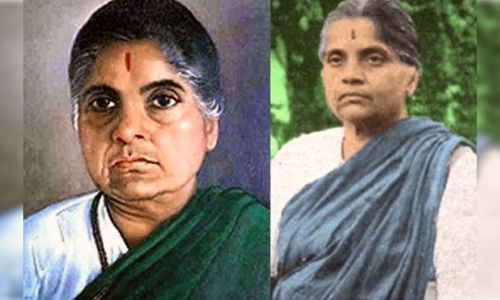
Durgabai Deshmukh was born on 15th July, 1909 in Rajahmundry. She participated in the famous Non-Co-Operation Movement when she was just 12 years old. Later, she participated in Salt Satyagraha Movement in Madras in 1930 with Andhra Kesari T Prakasam. Then she started Andhra Mahila Sabha in 1936. It became a prominent institution for social welfare and education within ten years. So many people got a lot of benefits from her welfare movements. She was also the person who made sure to form separate Family Courts in India after she got influenced by this system in Japan and China.
Hansa Jivraj Mehta

Hansa Jivraj Mehta was born to the Dewan of Baroda Manubhai Nandshankar Mehta on 3rd July 1897. She studied Sociology and Journalism in England, then became a social activist, a reformer, a writer, and an educator. Hansa wrote a few books in Gujarati, majorly for children. And translated a few books like Gulliver’s Travels from English to Gujarati for the children. In 1926, She was elected president of the All India Women’s Conference for Bombay Schools Committee. She was the one who presented the national flag of India on behalf of all the women a few minutes after India got independence on the midnight of 15th August 1947. It was the first national flag of India to fly after independence.
Kamla Chaudhery

Kamla Chaudhary was born in Lucknow, and she was from a wealthy family. Still, she struggled to complete her education because she moved away from her family to join nationalists as her family was loyal to the imperial government then. Kamla Chaudhery actively participated in Civil Disobedience Movement by Mahatma Gandhi in 1930. So she was a known face of a rebel then and was elected to the Constituent Assembly. She was also the Vice President of the 54th session of the All India Congress Committee. Then she also got elected as a member of the Lok Sabha in the 1970s. She is a fiction writer and mainly explores the inner world of women and modernity in India. Later, she resigned from all her posts in protest of the partition of India.
Leela Roy
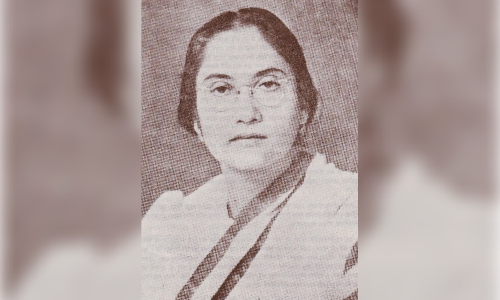
Leela Roy was born in October 1900 in Goalpara in Assam. Her father was with the Nationalist Movement and also a deputy magistrate. Leela Roy graduated in 1921 from Bethune College and then joined as the Assistant Secretary of All Bengal Women’s Suffrage Committee and arranged many meetings for women’s rights. She started Dipali Sangha in 1923 with her friends and established a few schools. Then in 1926, Leela Roy created Chhatri Sangha, an association of girl students from Kolkata and Dhaka. She also became the editor of a famous journal named Jayashree.
Malati Choudhury
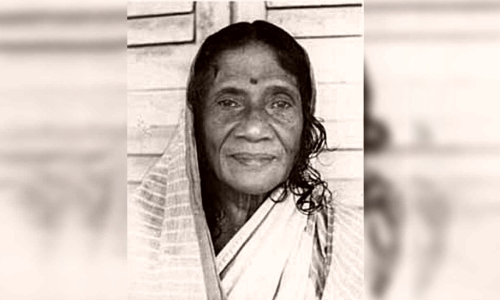
Malati Choudhury was from East Bengal (now Bangladesh) and was born in 1904 in a wealthy family. She went to study in Viswa Bharati in Shantiniketan in 1921 when she was only 16 years old. She joined her husband to participate in Salt Satyagraha by the National Congress. The movement educated people to create a good ambiance for Satyagraha.
Purnima Banerjee
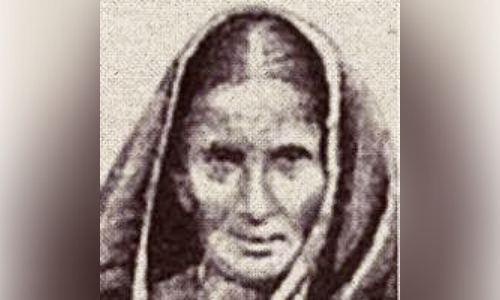
Purnima Banerjee became the secretary of the Indian National Congress Committee in Allahabad. She was also part of a radical network of all the women from Uttar Pradesh. They were all at the forefront of the freedom movement in the 1930s and 1940s. She got arrested for being a part of the Quit India Movement and Satyagraha. Her speech in the Constituent Assembly regarding her social ideology became immensely popular. She also organized and engaged the trade unions and arranged Kisan meetings to develop rural India.
Rajkumari Amrit Kaur
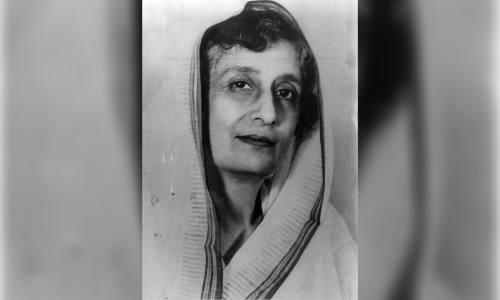
Rajkumari Amrit Kaur was born in Lucknow in Uttar Pradesh on 2nd February 1889. She was the first-ever Health Minister of India and remained in the post for ten years. Kaur studied at Sherborne School for Girls in England but left it when she decided to become the secretary of Mahatma Gandhi, and she stayed in that post for 16 years. Then she founded the All India Institute of Medical Sciences, also known as AIIMS, and fought for the autonomy of this institute. Amrit Kaur argued for the matters like women’s health, education, and participation in sports. She is one of the notable names when discussing women’s role in the constitution.
Renuka Ray

Renuka Ray studied BA at the London School of Economics and submitted a plea for the women named “Legal Disabilities of Women in India; A Plea for a Commission of Enquiry in 1934. At that time, she was the Legal Secretary of AIWC. Renuka Ray became a member of the Central Legislative Assembly and remained in this post from 1943 to 1946. Then she became a member of the Provisional Parliament and Constituent Assembly. Renuka Ray became the Minister for Relief and Rehabilitation of the West Bengal Legislative Assembly in 1952 and continued in the post till 1957. After that, she became a Malda Lok Sabha member in 1957. She is also a trendy name in the list of women in the constitution as she fought for the women’s inheritance right in parental property.
Sarojini Naidu

Sarojini Naidu is famous as the Nightingale of India. She was born on 13th February 1879 in Hyderabad. She became the first-ever woman president of the Indian National Congress. Then she became the State Governor of India, the first woman in this post. Her hard work and dedication to her duty made her a member of the Constituent Assembly to write the constitution of India. She was also a poet and has written many poems on different themes.
Sucheta Kriplani

Sucheta Kriplani was born in Ambala in Haryana in 1908. She played a significant role in the Quit India Movement in 1942. She established a special wing for women in the Congress Party in 1940. After the independence of India, she became the MP of New Delhi, then became the Minister of Labour and Community Development & Industry in UP. Later, she became the first Chief Minister of India. Sucheta Kriplani sang Vande Mataram in the Independence Event.
Vijaylakshmi Pandit

Vijaylakshmi Pandit was born on 18th August 1900 in Allahabad, and she was the proud sister of the First Prime Minister of India, Jawaharlal Nehru. The British imprisoned her in 1932-1933, 1940, and 1942-1943. She started her political career with the Allahabad Municipal Board Election. Then she became part of the Assembly of the United Provinces and the Minister of Local Self-Government and Public Health. She was the first ever Indian woman to become a cabinet minister. Later, she became part of the Constituent Assembly and became one of the prominent names in the discussion of women’s rights in the Indian Constitution. She was one of the persons to call for a constitution for India.
Out of 389 members, these are the 15 women who contributed to writing the Indian constitution. These women made it big in politics in earlier days, became part of the Constituent Assembly, and contributed to writing the Indian Constitution. So if you ever think about women’s equality, you will surely remember these women’s contributions to society and the nation.




